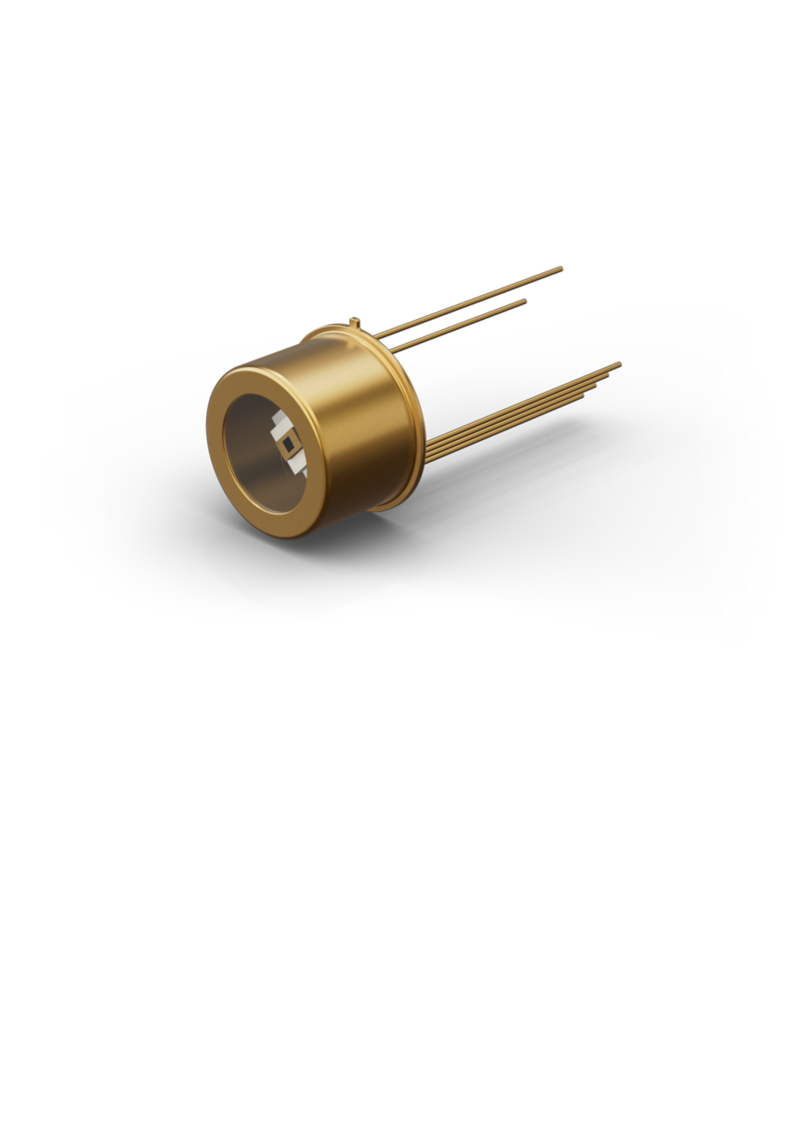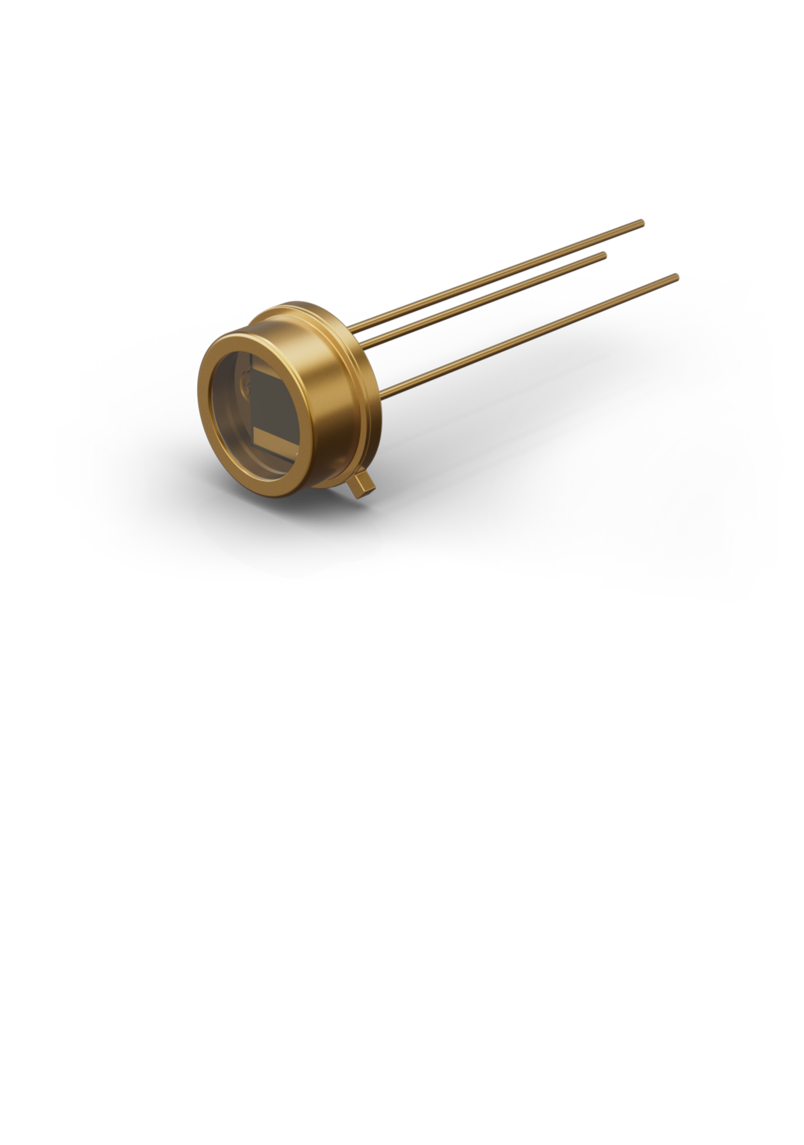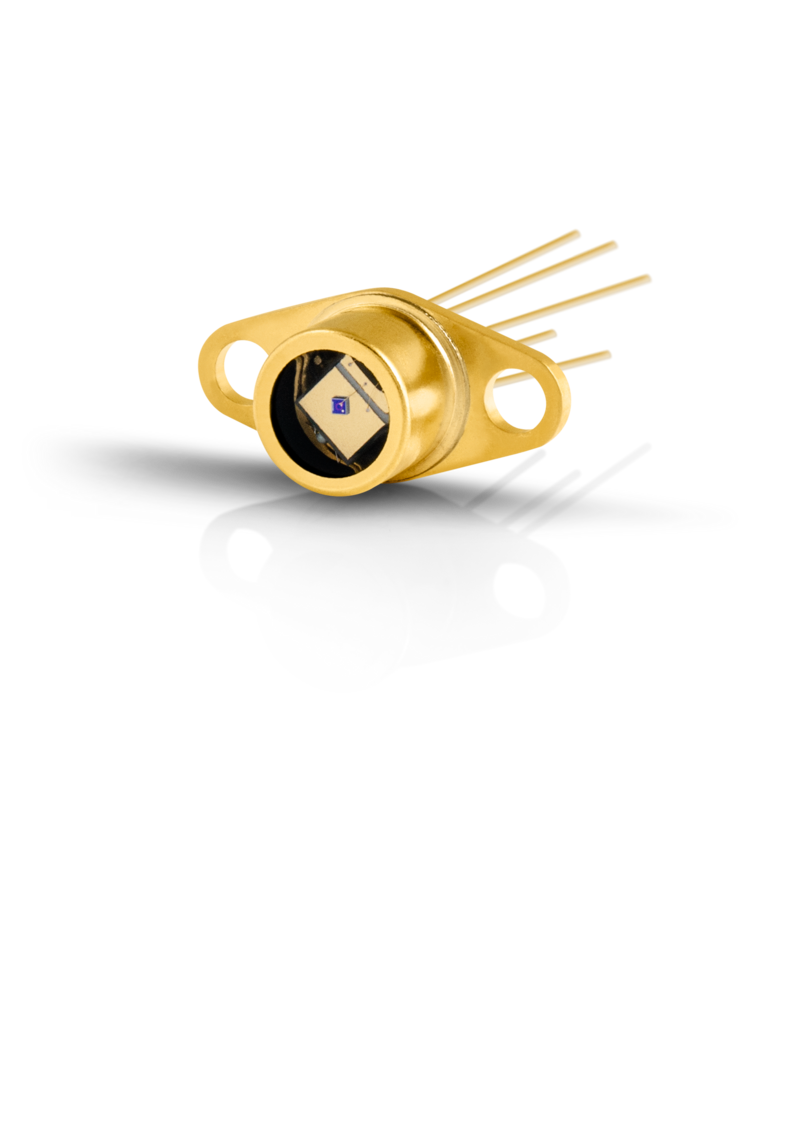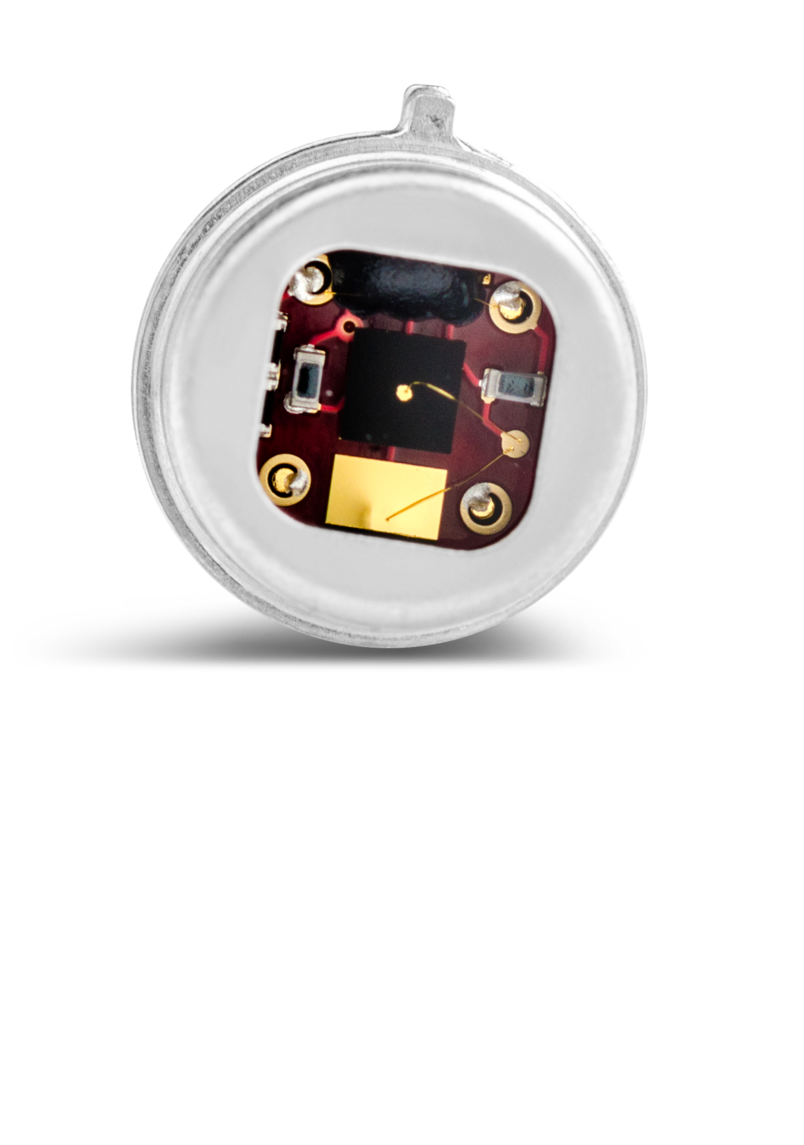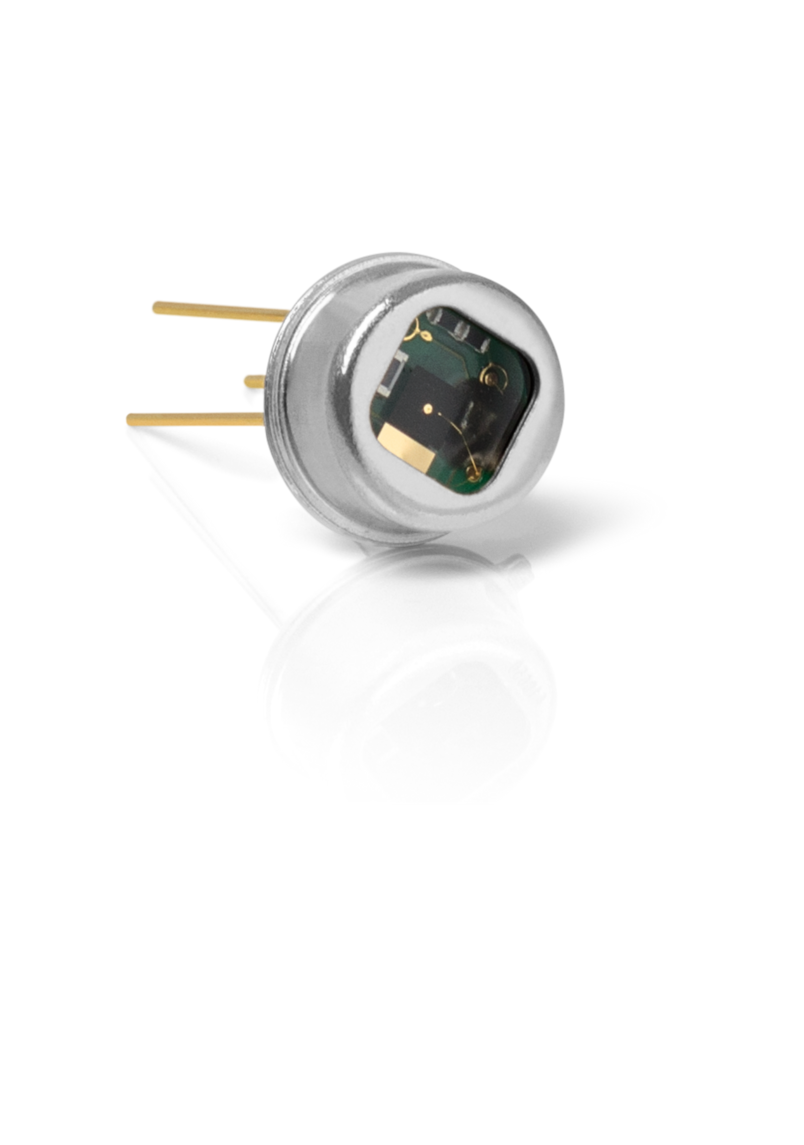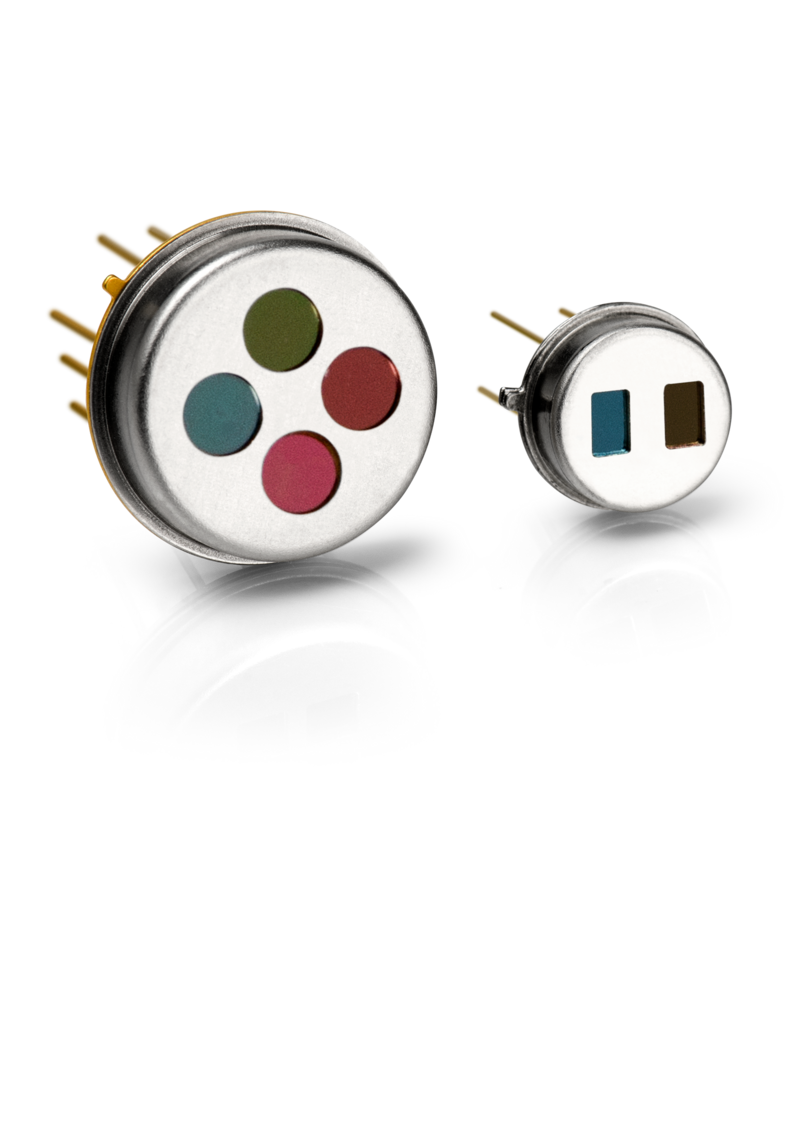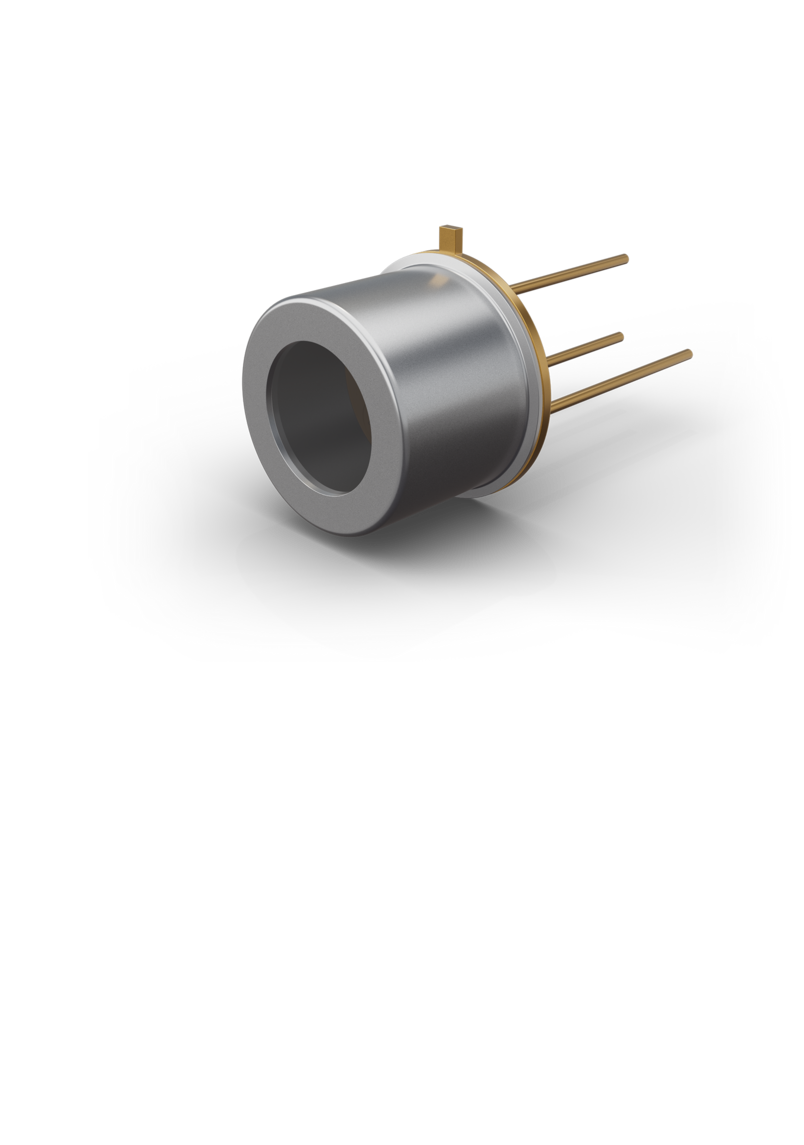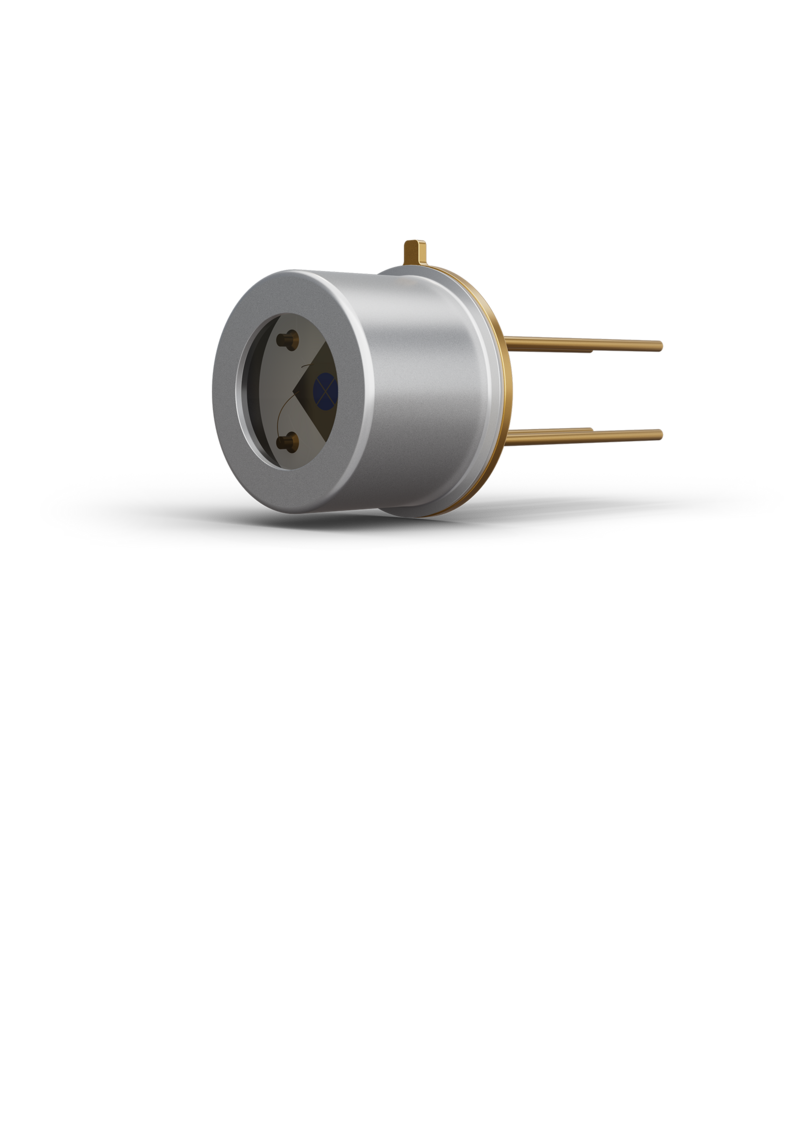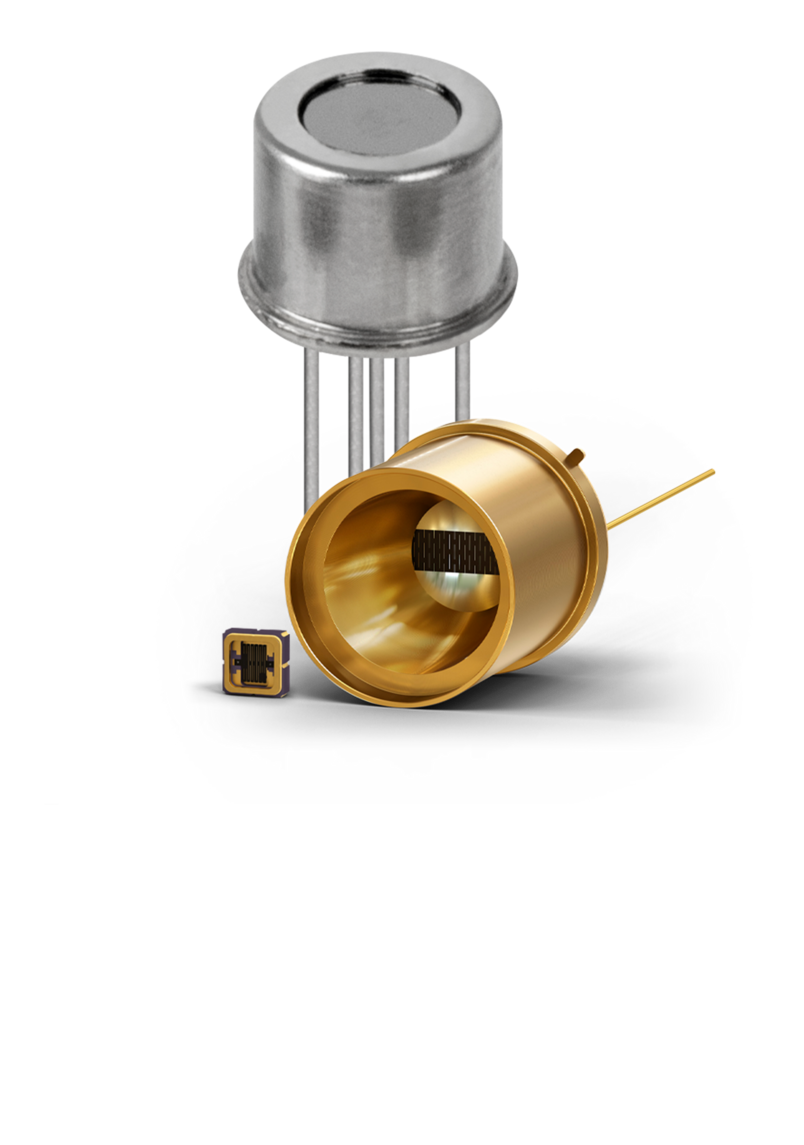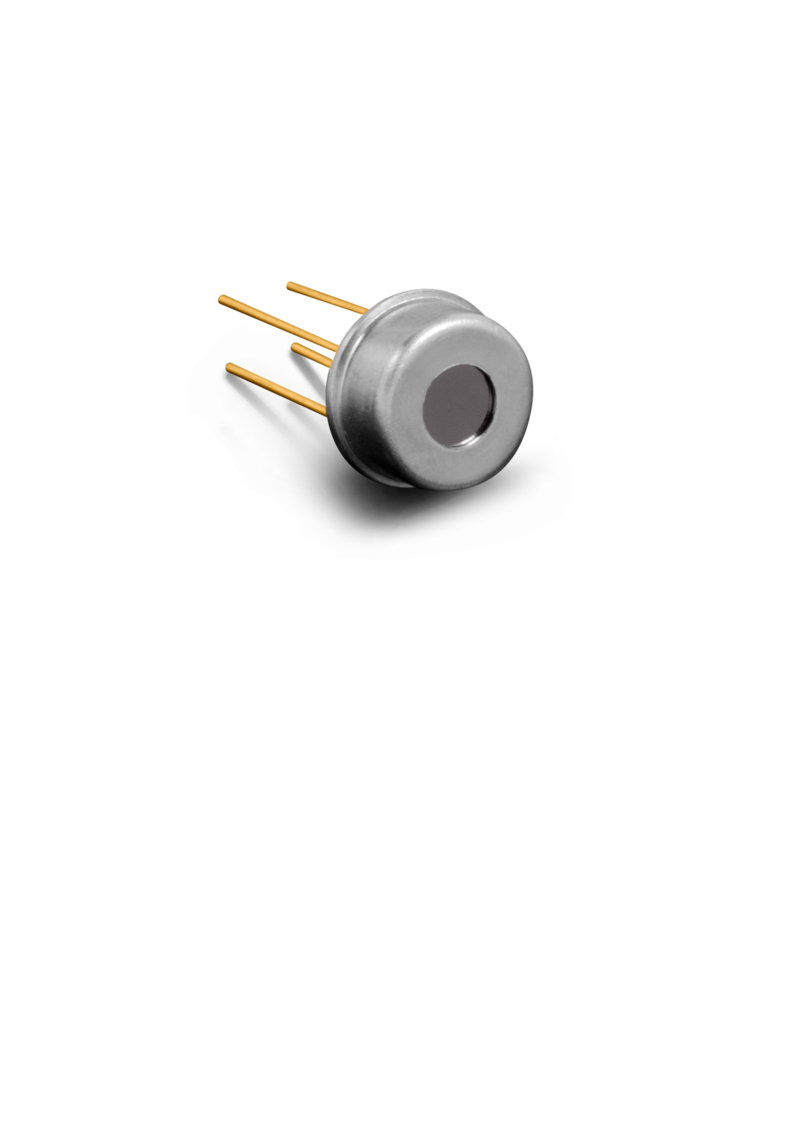Analysis of mid-infrared PBS Photoconductive detector


Dr. Richard Kim
LASER COMPONENTS Detector Group
Titre du poster:
Use of impedance spectroscopy for failure analysis of mid-infrared PbS photoconductive detector
29 Janvier 2025 • 6:00 PM - 8:00 PM PST
SPIE Photonics West
Moscone West, Room 2003 (Level 2)
Abstract - Mid-infrared PbS Photoconductive Detector
A polycrystalline PbS thin film grown on quartz substrates using the chemical bath deposition (CBD) method was employed to develop detectors for mid-infrared wavelengths. The typical peak detectivity of the PbS photoconductive detector in this experiment ranges from 1.0 to 3.0x10^11 cm-Hz0.5/W, with a corresponding noise equivalent power from 2.0x10^-12 W/Hz0.5 to 6.5x10^-12 W/Hz0.5 when operated with packing in TO39 cans. With aging, some PbS detectors exhibited instability, characterized by high noise signals, elevated dark resistance, and significantly reduced or absent detection signals. Failure analysis revealed internal packaging issues, resulting in performance degradation due to gas molecule generation, adsorption, and electric field-induced migration phenomenon. However, the damage to detector performance was found to be reversible; annealing could restore original functionality after de-lidding the affected parts. The precise pathways of field failure in PbS detectors remain unclear, necessitating investigation into the underlying mechanisms and root causes. The objectives of this study were to (1) clarify the effects of gas generation and adsorption due to adhesive used for die-attach under nitrogen ambient, (2) gather experimental evidence on the root cause of failure, and (3) develop a failure model for PbS detectors to propose corresponding solutions. Design of experiments (DOEs) with TO39-packaged PbS detectors and evaluation using non-destructive impedance spectroscopy were conducted to elucidate potential root causes of detector failure. Additionally, X-ray diffraction (XRD), scanning electron microscopy (SEM), residual gas analysis (RGA), and X-ray photoelectron spectroscopy (XPS) were employed. Ultimately, this paper introduces impedance spectroscopy as a novel approach to studying PbS detector failure mechanisms, aiming to enhance the stability and reliability of PbS photoconductive detectors.
Détecteurs infrarouges
FABRIQUÉ PAR DES COMPOSANTS LASER

Cliquez ici
LASER COMPONENTS Germany - Votre partenaire compétent pour les composants optiques et optoélectroniques en Allemagne.
Bienvenue chez LASER COMPONENTS Germany GmbH, votre expert en composants photoniques. Notre large gamme de produits (détecteurs, diodes laser, modules laser, optiques, fibres optiques et autres) vaut chaque Euro (€/EUR). Nos solutions sur mesure couvrent tous les domaines d'application imaginables : de la technique de détection à la technique médicale. Vous pouvez nous joindre ici :
Werner-von-Siemens-Str. 15
82140 Olching
Deutschland
Tél.: +49 8142 2864-0
E-Mail: info(at)

